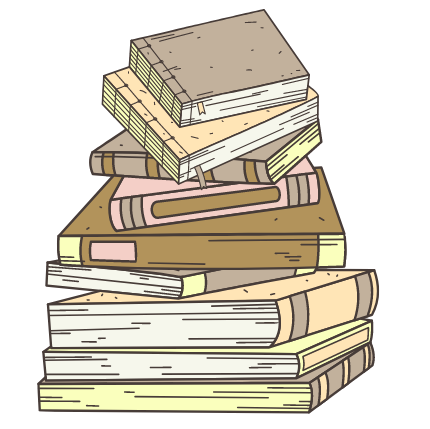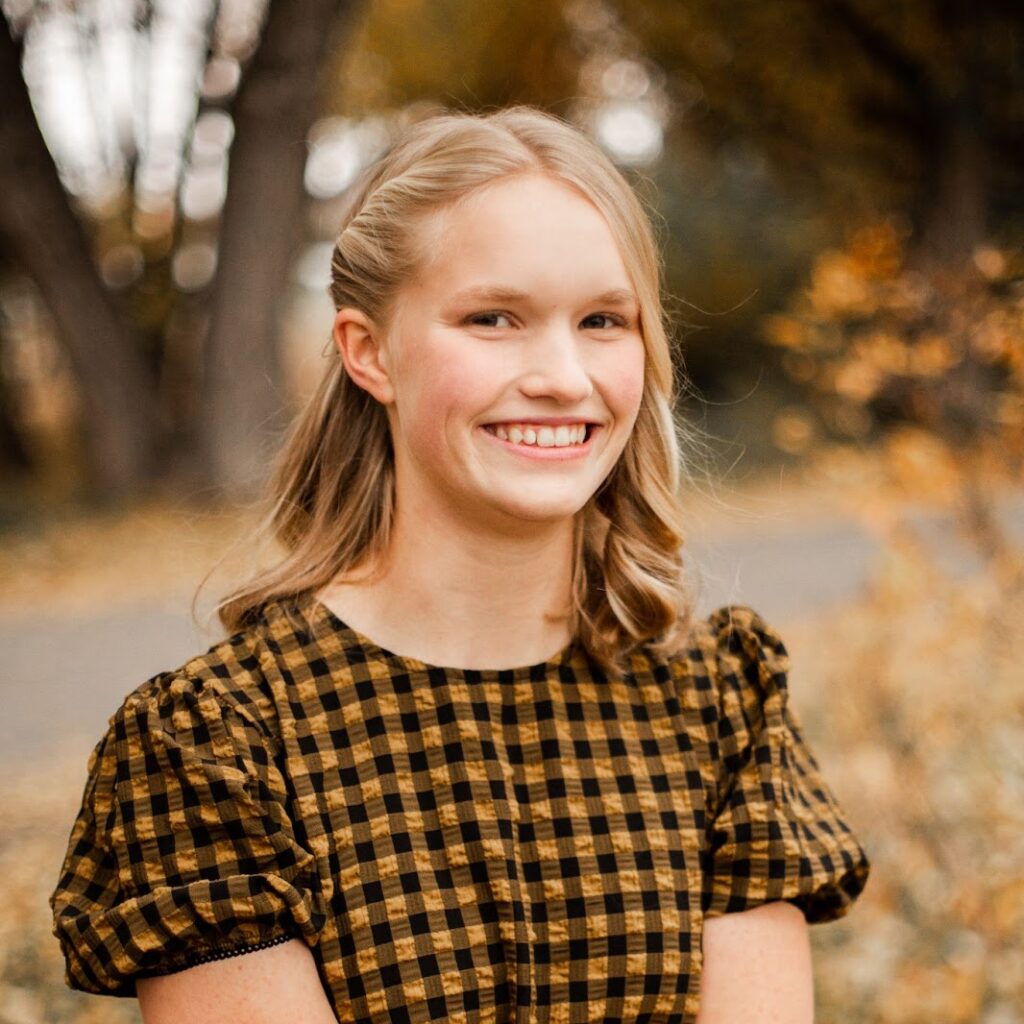
Amie Anne Blog Tour and Writing Descriptions
Hello Everyone! Today, Amie is celebrating redoing her blog by doing a blog tour! Make sure to check out her blog here. Without further adieu, here’s a guest post from Amie.
Hello guys!
To start off, I want to thank Hannah for letting me guest post on her blog. *round of applause* I’m Amie, from Amie Anne, which was previously known as Crazy A. Hannah asked that I would write about writing, and so today we’re learning how to know if we’re being descriptive enough. Description is a large part of writing well. Without description, it feels as if your character is floating on air.
But too much description can ruin the pacing, detract from the character, and leave your reader in a puddle of confusion. So as wordcrafters, we need to find the happy medium for description.
Writers have a hard job. We paint movie scenes in black and white words, relying on our reader’s minds to supply the missing colors. But in order to pull on the mind’s color factory, we have to use descriptive words to prompt the mind’s vivid imagination.
But how do we know when we’re using too many descriptive words?
One way to know is to see if you’re using adverbs: really, extremely, always, very, ect. Adverbs are shortcuts for writers. Instead of pinpointing the exact description, or the exact emotion, we often beat around the bush by using filler words. There are times when adverbs are necessary, but always double check to make sure that you aren’t taking a short cut.
The human mind often fills in details that are missing. That’s why artists don’t have to draw every line in their paintings or drawings, and in the same way, as writers, we don’t have to paint every single blade of grass or leaf in the scene we’re writing. If you have paragraphs of description, to the extent that you are sacrificing character development or dialogue, you can be sure you need to cut back on the description.
Writing is about connecting your reader to your character and to their story, not about painting the scene. However, you don’t want to have your two characters floating in a white space. So how do you balance? One way to anchor your characters into a scene and keep the description to a palpable amount is by sprinkling description throughout.
After a comment, have your character pick up an apple, or twiddle a piece of grass. Have the character be annoyed with the wind messing up their hair, or have a character leaning against a counter. At the beginning of each scene, I would encourage a paragraph or so of general information about the scenery. Where are they? What is their purpose there? How do the things around them serve a purpose?
Sometimes scenery adds to the emotion. Think of rain during a dramatic scene, or the waves in the background of a calm one. Experiment, and figure out what the right balance is for your writing. The best thing you can do is write and read good descriptive books.
It might take time and a lot of editing, but never give up. Keep practicing, and one day you’ll figure out the perfect amount of description for your writing.
~~Amie~~

About Amie:
Amie Anne is about a girl reaching the stars, and encouraging others to do so. While reaching the stars, she spends her time snapping pictures, creating history posts, monologues, and poetry.
The Tour:
March 20th: Noah
March 23rd: Jo, Jana Esmeralda

7 comments
Hi! I’m Hannah, a crazy pen-wielding, jack-of-all-trades writer. I write contemporary stories with a magical (or vintage!) twist, usually featuring big families, delicious food, and a few tear jerking scenes. When I’m not writing, you could find me camping, sewing, hiking, cycling, skiing, playing violin or piano, reading, and many other “-ing” words.


Thank you so much for letting me guest post, Hannah!
It was so much fun! I’m excited to see how the rest of the tour goes!
This is a great post!
Thank you!
Awesome post! I use adverbs and filler words a lot… gonna work on that!
Thank you!